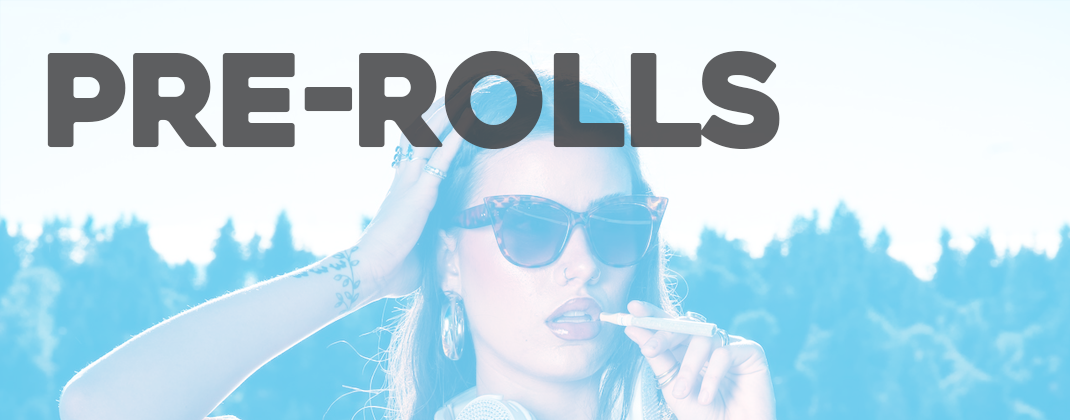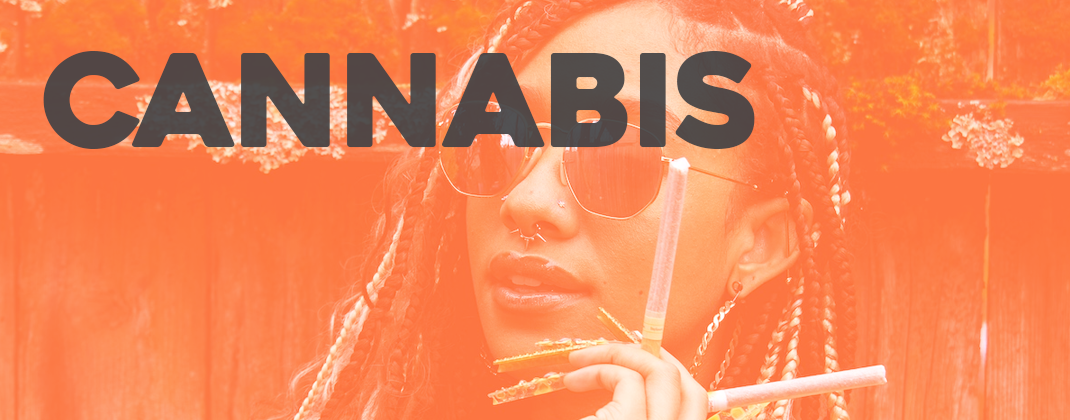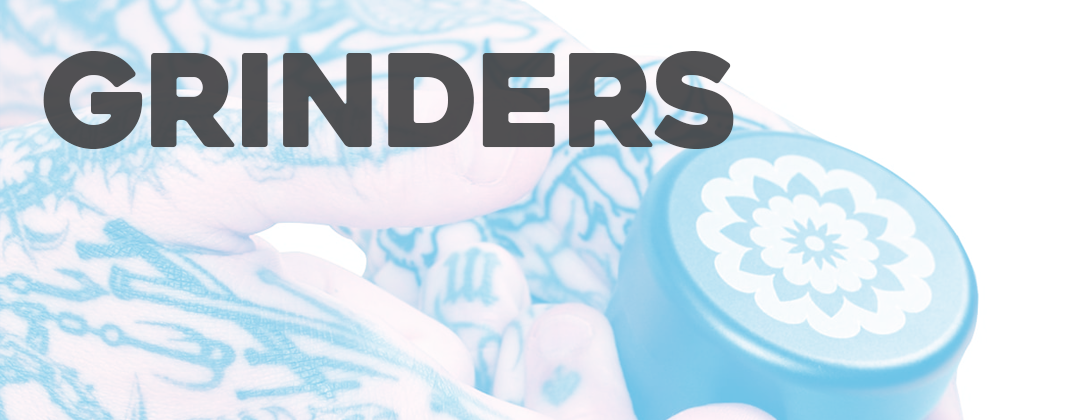Why Do Pre-Rolls Canoe and How to Fix Them When They Do
Posted by DaySavers Team on Mar 12th 2024
Let's say you've had a long day, and all you want to do is kick back, relax, and enjoy your favorite strain of cannabis in a pre-roll. But as you light up, disaster strikes – your joint starts burning unevenly with the ash snaking down a single side of your pre-roll and leaving it unpleasent and difficult to smoke.
Whether you call it canoeing or running, one thing's for sure: it's a major buzzkill.
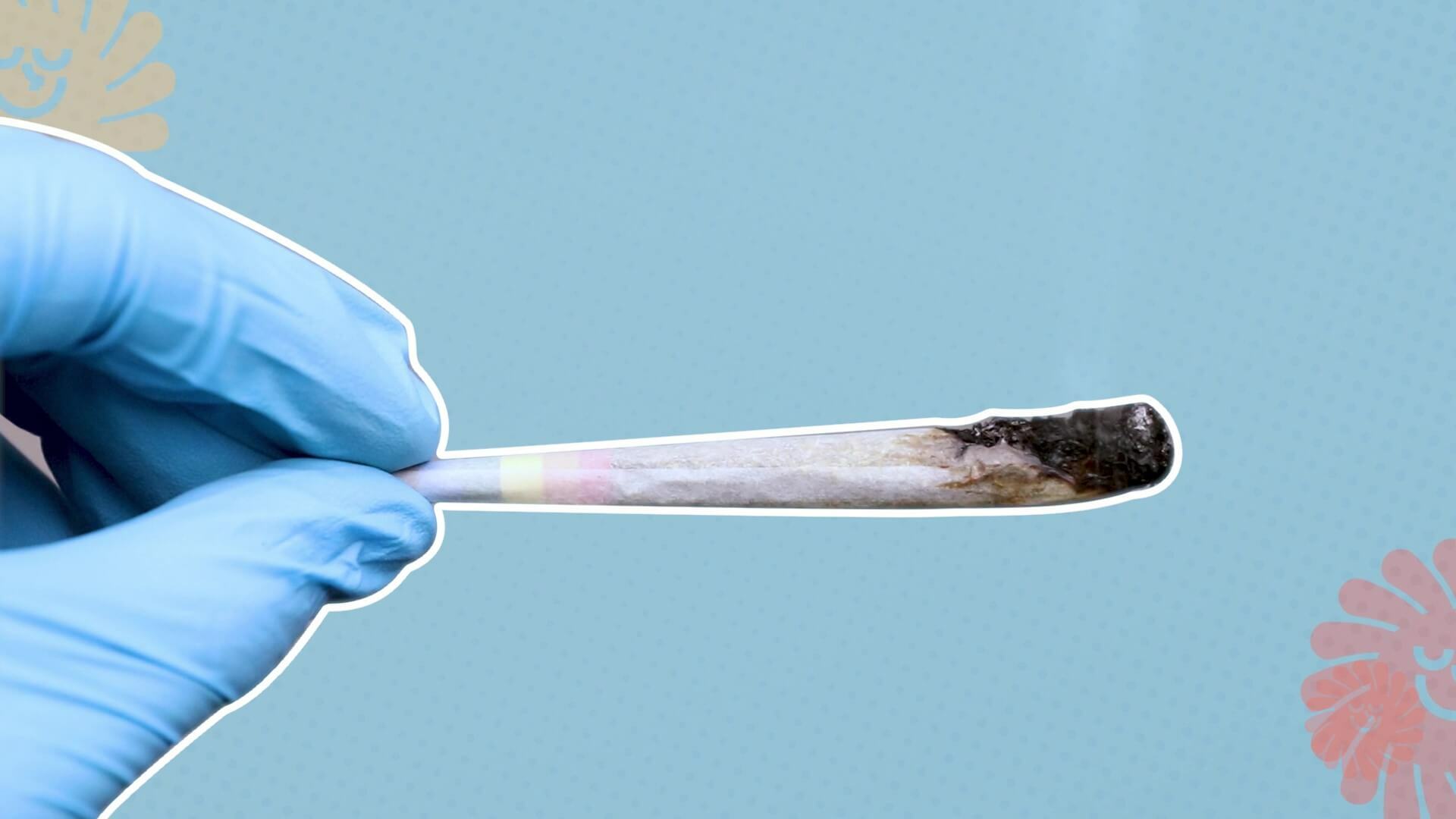

Not only does it waste weed, but it also tarnishes your smoking experience. But fear not! In this guide, we're diving deep into the world of canoeing joints – why they happen, how they affect your smoke sesh, and, most importantly, how to prevent them.
So sit back, grab your favorite pre-roll, and let’s ensure your next smoke session is smooth sailing from start to finish
Reason No. 1 for Why Pre-Rolls Canoe: Uneven Particle Size

While it’s easy to blame the smoker, the problems that lead to canoeing often start right at the beginning of the process.
For example, perhaps the main reason pre-rolls begin to canoe is because of uneven grinds that leaves your flower in a wide range of particle sizes. And when your pre-roll contains flower of varying particle sizes, it results in uneven burning rates.
Smaller bud particles tend to burn faster because they have less surface area, while larger ones burn slower. If there's an area in your pre-roll with larger particles compared to the rest, it will slow the burning in that spot and can increase the risk of canoeing. Even if you manage to get past the large chunk, it can still disrupt the overall burn pattern, leading to an inconsistent or uneven smoking experience.
How to Avoid an Uneven Grind
To prevent uneven grinds and subsequent canoeing, it's crucial to grind your flower finely and evenly using a handheld grinder. Using your hands to break apart your flower can lead to inconsistencies, but a grinder helps ensure a more uniform texture.
However, uneven particles may still be present even when using a grinder. Inspecting your grind and re-grinding, if necessary, is essential to achieve a more consistent texture throughout your pre-roll.
Reason No. 2 for Why Pre-Rolls Canoe: Uneven Moisture Content in Your Flower
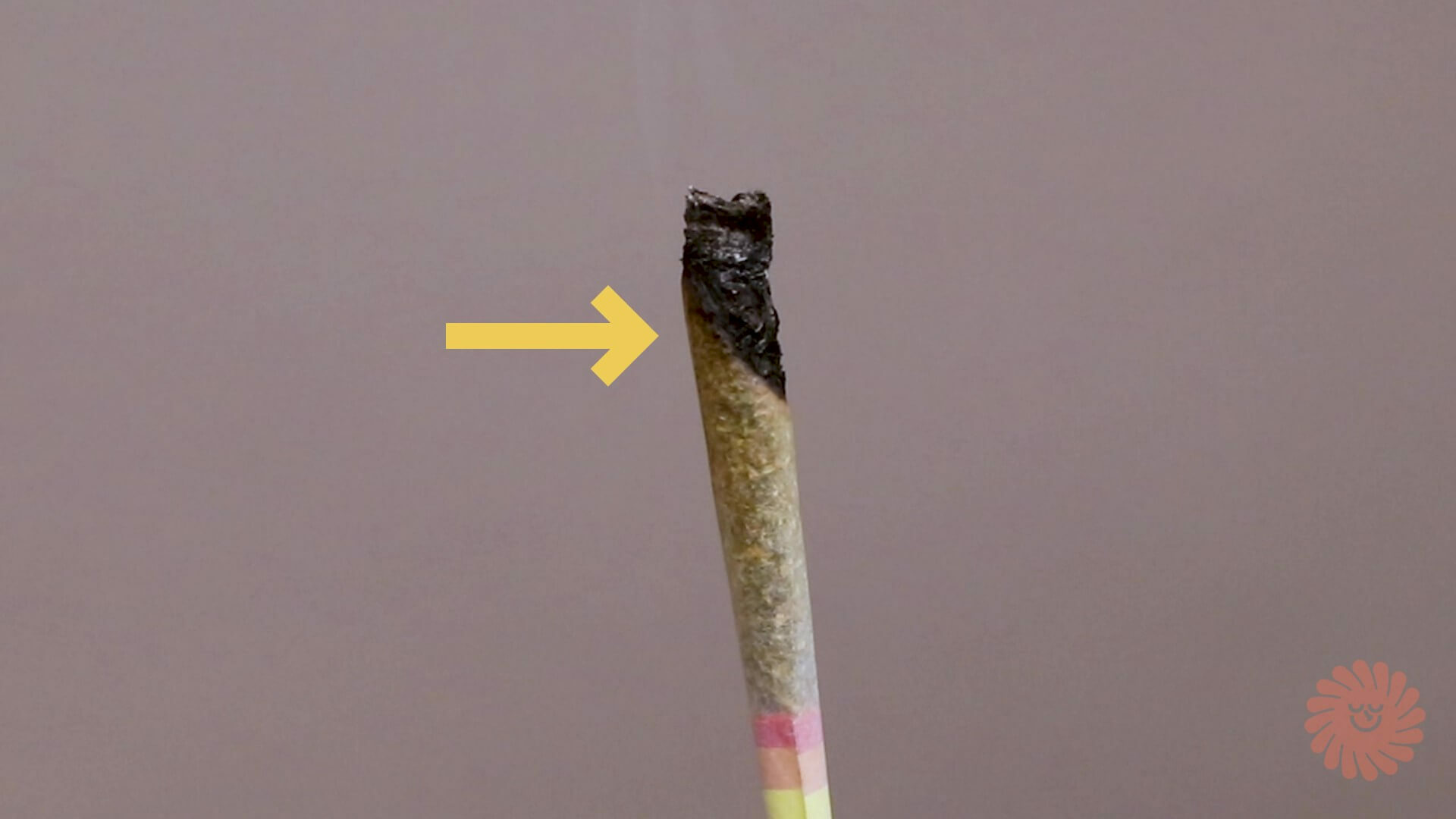
Uneven moisture levels often occur when dealing with excessively sticky or improperly cured flower. This issue is especially prevalent with homegrown cannabis, where growers may not have mastered the art of curing. Insufficient drying can result in overly moist flower, which tends to burn unevenly and can lead to the dreaded canoeing of a pre-roll or joint.
Mixing multiple strains with varying moisture levels in your pre-rolled cones can also lead to canoeing, as dryer flower burn faster than stickier, wetter flower, creating pockets in your preroll.
How to Avoid Uneven Moisture Content in Your Flower
If your weed is too wet or sticky, consider transferring it to a container like a mason jar with the lid off for a day or two to allow excess moisture to evaporate. Monitor the bud closely during this process to ensure it doesn't become overly dry, or consider using a 2-way humidity pack to help create an equilibrium in your jar.
Reason No. 3 for Why Pre-Rolls Canoe: Uneven Packing of Flower
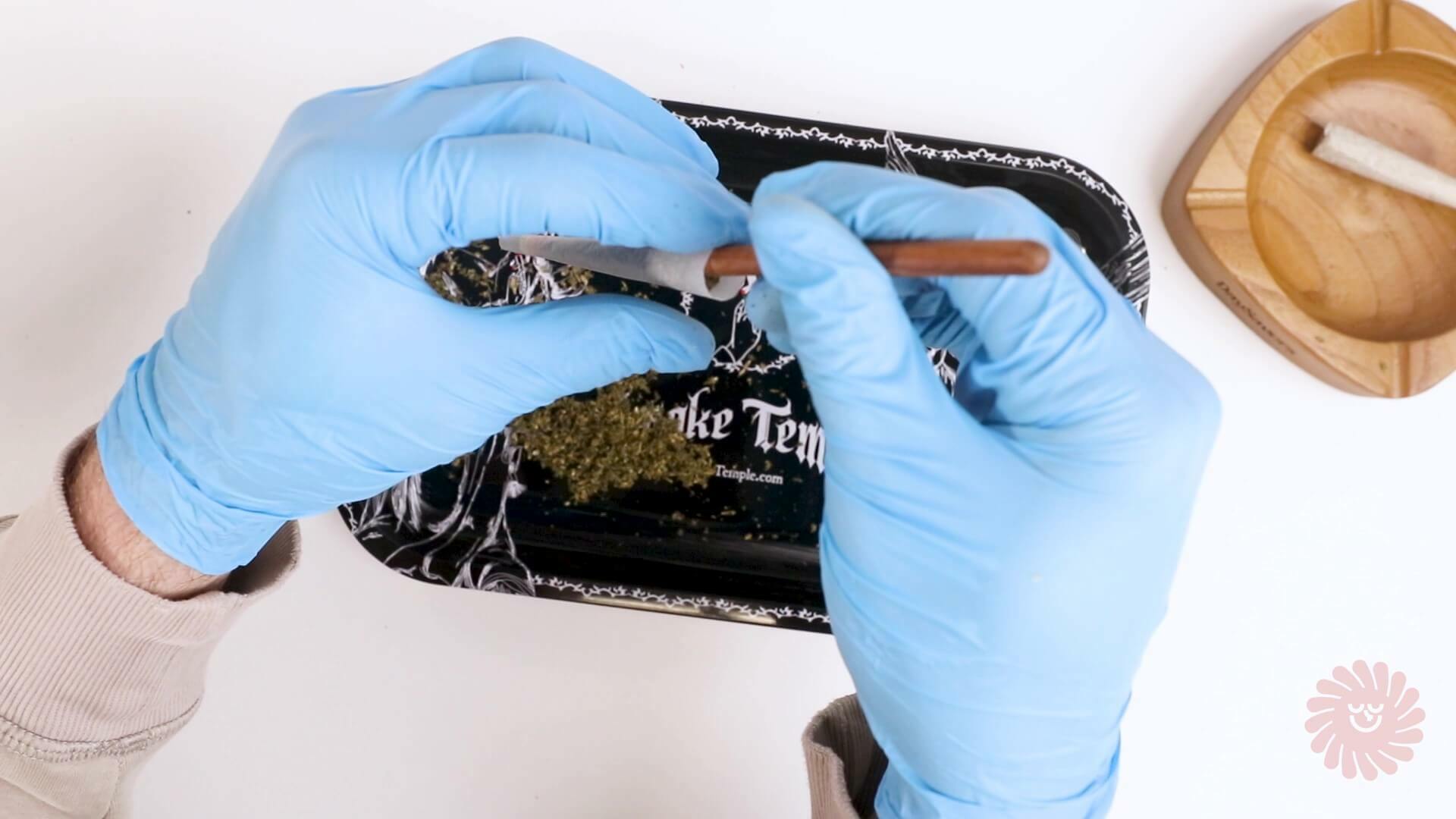
Whether rolling a joint or packing a pre-roll cone, how you compress the flower is crucial. Uneven compression or packing can lead to airflow issues that can ultimately cause canoeing.
If the flower is packed too tightly in one area, for example, it restricts the airflow, leading to uneven burning. Conversely, if it's packed too loosely, the pre-roll will burn too quickly in those sections and the next thing you know, your pre-roll has canoed.
How to Avoid Uneven Compression of Flower:
Utilize a packing utensil or a tool like a toothpick or pencil to pack your cannabis evenly. Don't force it down too hard; ensure even compression throughout the pre-roll. Taking your time during the packing process will help prevent canoeing and provide a more enjoyable smoking experience.
A machine like the Perfect Pack can also more evenly distribute flower in a tube or cone than doing it by hand, and do it faster too. Consider taking out the human element by trying a Perfect Pack to pack your next pre rolled cones and see the difference for yourself.
Reason No. 4 for Why Pre-Rolls Canoe: Incorrectly Lighting Your Pre-Roll
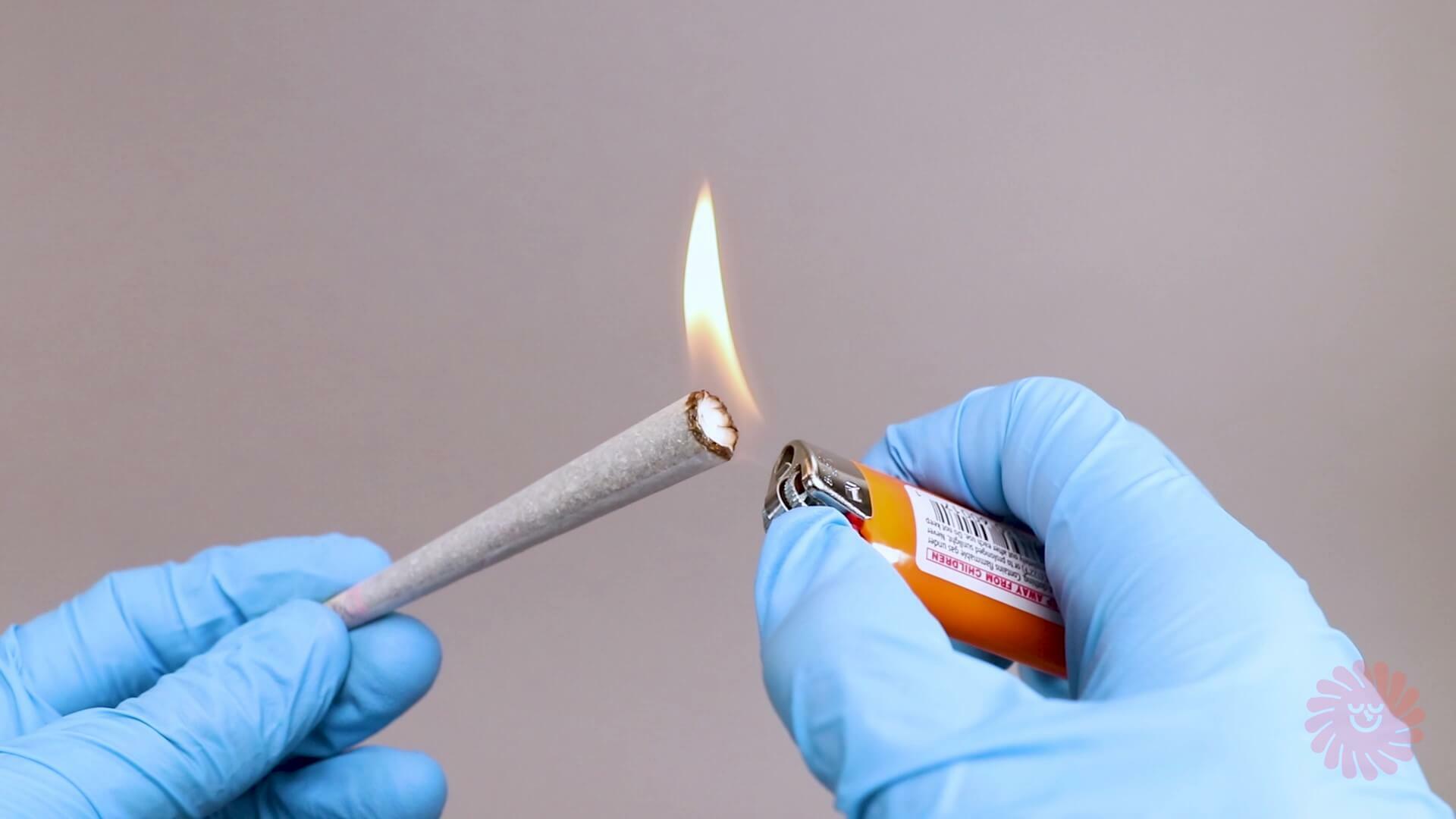
Finally, if your grind is even and your pack is consistent but you’re still winding up on a canoe trip, it might be time to consider user error.
How you light your pre-rolls, for example, can significantly affect whether they canoe or not. The method of finishing your pre-rolls, such as twisted versus folded tops, can make a big difference. While folded tops are typically easier to light evenly, twisted tops are not impossible to manage.
Watching seasoned cigar smokers can provide insight into the importance of lighting techniques, as cigar smokers often take their time to ensure a even light before taking a puff. Pre-roll smokers should do the same. Attempting to take a hit too early in the lighting process can result in canoeing, as one side of the joint may be closer to the flame and light quicker than another, causing uneven pulling or running in one direction.
How to Correctly Light Your Pre-Roll
Adopt a similar approach to lighting as with cigars. Begin by gently lighting the entire circumference of the end of your joint before even putting your pre-roll in your mouth or taking a puff. Move the lighter around to ensure that the cherry is centered and covers the whole end. While lighting, rotate the joint at a slow, consistent pace to ensure even distribution of the flame. If you notice your joint burning unevenly, you can gently blow on it to help even the burn.
And if all else fails, try stubbing out your pre-roll, evening out the end and re-lighting. This usually results in a more consistent burn for the remainder of your pre-roll.
Hemp Wicks vs Butane Lighters vs Matches
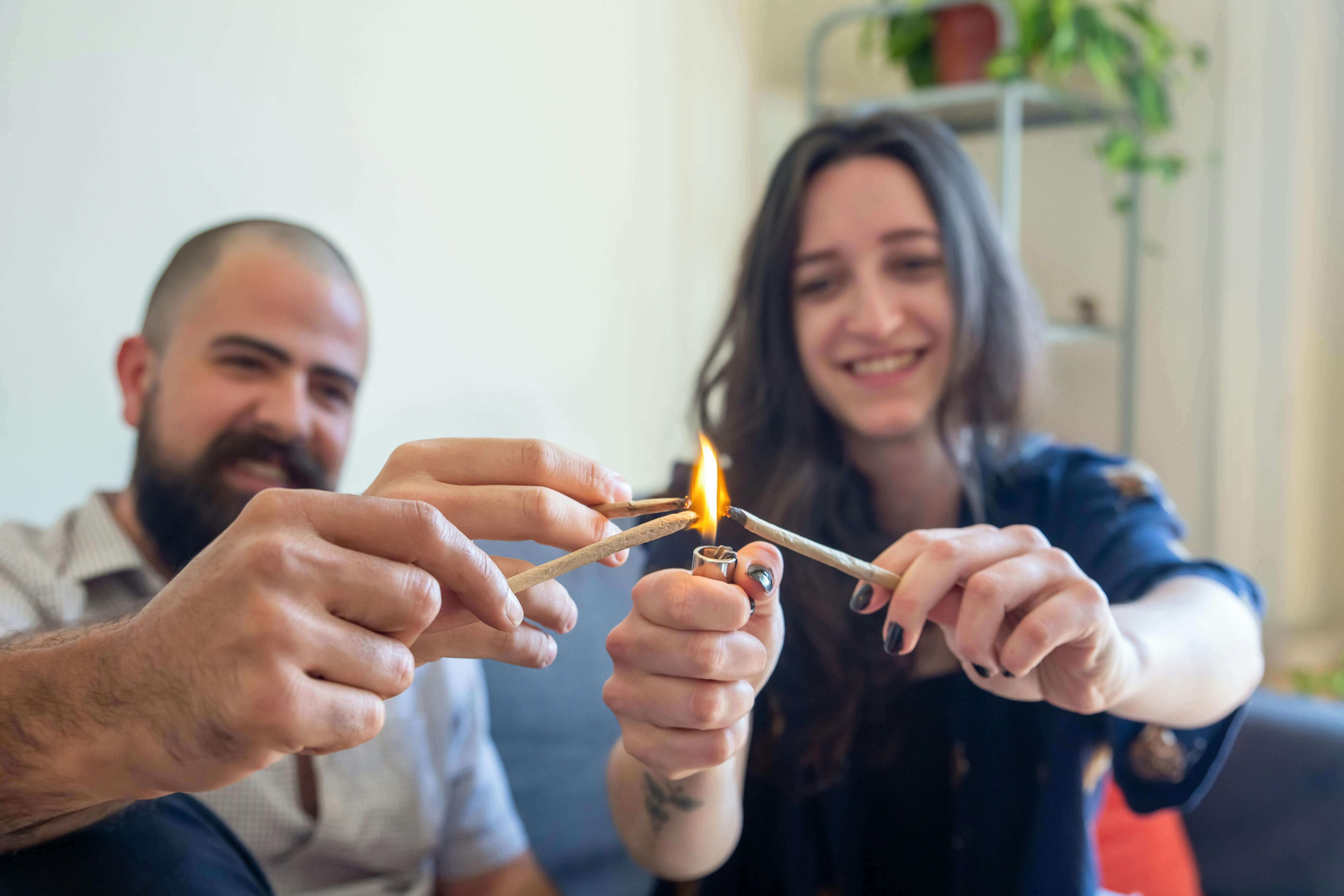
There's an ongoing debate about the best option for lighting up: butane lighters, hemp wicks, or matches. Let's break it down.
Butane lighters are the most commonly used way to light a pre-roll, due to their convenience and ease of use. And despite concerns about exposure to butane, burning a butane lighter produces only carbon dioxide and water vapor, making it a relatively clean option.
Hemp wicks, on the other hand, are ropes made of hemp that are coated in beeswax and touted by some as a natural alternative to butane lighters. While the wax burns cleanly, the hemp wick can leave behind soot and particulates, potentially affecting your smoking experience.
Matches offer another alternative, provided they're sulfur-free. Sulfur-free matches minimize the risk of unwanted flavors contaminating your smoke, offering a traditional yet effective way to light up.
In the end, the choice between hemp wicks, butane lighters, and matches boils down to personal preference and the desired smoking experience. However, many choose to go with a standard butane lighter.
Other Factors to Canoeing
Beyond the basics, several other factors can influence the burn of your pre-roll or joint, potentially leading to canoeing.
Outdoor settings, especially windy environments like camping trips or golf courses, can disrupt the burn of your joints. Unfortunately, you can do little besides continuing to tend to your joint and persevere through the challenges.
Believe it or not, how you smoke your pre-roll can also impact its burn. While smoking, rotate the pre-roll in your fingers so you never pull too long with the pre-roll in the same position. This will help prevent one side of your pre-roll from burning faster than the other.
As mentioned previously, uneven flower compression inside your pre-roll can also contribute to canoeing. If you suspect over-packing, gently massaging the pre-roll with your fingers can help loosen any dense spots, but try to be consistent so you don’t create new dense spots in other patrs of the pre-rolled cone.
In a pinch, applying a small amount of water or saliva to the area of the joint that's starting to canoe can help regulate the temperature andslow the burn to let the other side or your pre-roll catch up.
Why do Pre-Rolls Canoe and How to Fix Them When They Do Q&A
+ 1. What causes pre-rolls to canoe, and why is it a problem?
Canoeing in pre-rolls occurs when the joint burns unevenly, often resulting in wasted weed and a less enjoyable smoking experience. It can be caused by uneven grinding, moisture content and incorrect lighting techniques.
+ 2. How can I ensure even grinding to prevent canoeing in my pre-rolls?
To ensure even grinding, use a grinder rather than breaking up nugs by hand, which can result in inconsistent particle sizes. Additionally, check the grind for uniformity and grind again, if necessary, to achieve a consistent texture throughout the weed.
+ 3. What role does moisture content play in the likelihood of pre-roll canoeing, and how can I manage it?
Uneven moisture content, often caused by overly sticky or improperly cured weed, can lead to canoeing. To manage this, consider storing your weed in a container with the lid off for a day or two to allow it to dry slightly. Monitor the moisture level to prevent it from drying out too much.
+ 4. How can I properly light my pre-roll to avoid canoeing?
Adequately lighting your pre-roll involves lighting the entire circumference of the end of the joint before taking a puff. Ensure that the ember is centered and covers the whole end, and rotate the joint while lighting to achieve even burning. If you notice uneven burning, gently blow on the joint to help out the burn.
+ 5. Aside from grinding and moisture content, are other factors contributing to pre-roll canoeing, and how can I address them?
Other factors that can contribute to canoeing include uneven flower compression and environmental elements such as wind. To address these issues, use packing utensils to pack the cannabis and avoid smoking in windy conditions evenly. Additionally, smoking counterclockwise can help combat uneven burning caused by rising heat. If your pre-roll starts to canoe, you can massage it gently to loosen any over-packed bud or apply water or saliva to the affected area to help regulate the burn.
Let's say you've had a long day, and all you want to do is kick back, relax, and enjoy your favorite strain of cannabis in a pre-roll. But as you light up, disaster strikes – your joint starts burning unevenly with the ash snaking down a single side of your pre-roll and leaving it unpleasant and difficult to smoke.

